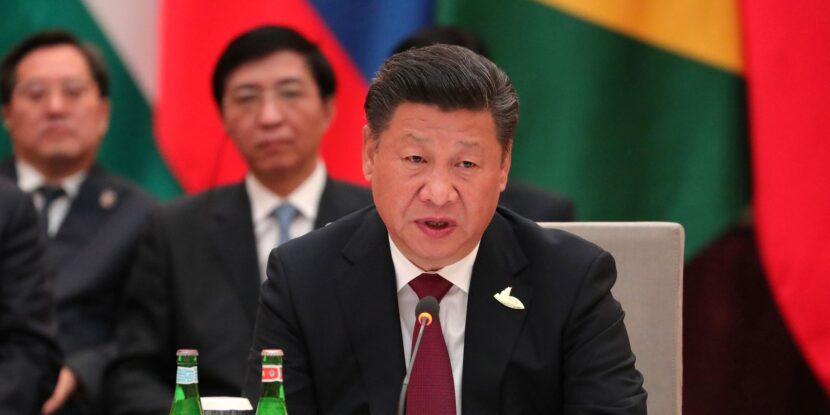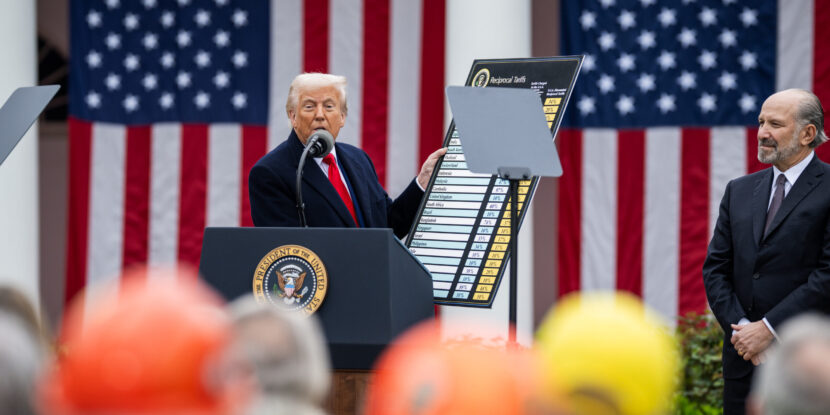❓WHAT HAPPENED: The Chinese economy is showing significant signs of weakening as U.S President Donald J. Trump’s reciprocal tariff policies begin to take their full effect, and Chinese President Xi Jinping’s attempt to recollectivize parts of his country’s economy has failed.
👤WHO WAS INVOLVED: China, the United States, U.S. President Trump, Xi Jinping, and Chinese investors and consumers.
📍WHEN & WHERE: The data covers most of the last year.
🎯IMPACT: The slowdown provides further evidence that U.S. tariffs are having a direct impact on the Chinese economy, though China’s deflationary signals suggest more global economic turbulence may be underway as well.
U.S. President Donald J. Trump’s reciprocal tariff policies, aimed at rebalancing global trade, appear to be inflicting significant turbulence on the Chinese economy, exposing long-suspected weaknesses—especially Beijing’s ability to stimulate domestic consumption. While China reported its GDP came in just above its five percent target, at 5.3 percent, in the first half of this year, economists forecast a significant drop in growth for the remainder of the year as Trump’s tariff policies continue to take effect and the front-loading of Chinese imports slows in response.
Chinese government data shows the increase in retail sales for August falling well below expectations at just 3.4 percent year-to-year, with four percent being forecasted. Additionally, August retail showed a significant downward slide from July’s 3.7 percent. Also of concern for China is lagging industrial production, with the rise in August coming in at 5.2 percent, down from July’s 5.7 percent, and missing the 5.8 percent forecast. Notably, earlier this year—in the face of President Trump’s tariffs on Chinese goods—a number of Chinese factories were forced to temporarily shut down and have struggled to bring their production back online.
The slowdown in the Chinese economy is notable as Beijing has thus far been unsuccessful in its campaign to encourage domestic consumption to counter-balance falling exports. Since officially joining the World Trade Organization (WTO) on December 11, 2001, China has rapidly expanded its export economy, effectively becoming the global factory and displacing manufacturing economies in most other nations, including the U.S.
However, China’s reliance on goods production never translated to a meaningful domestic increase in consumption. This is in part a symptom of the very mechanism the Chinese Communist Party (CCP) used to monopolize global manufacturing, namely the purposeful—albeit controlled—deflation of their currency. China’s use of deflation to manipulate its currency—and maintain in practice around a seven-to-one exchange ratio between the yuan and U.S. dollar—is becoming especially worrying as both the Chinese economy and global economy are beginning to show signs of natural deflation as well.
The lack of domestic consumption is compounded by China’s lack of a genuine asset economy. Due to state ownership and intervention, the Chinese stock market lacks the dynamism of its Western counterparts, leading Chinese investors to instead plow their money into real estate. However, the heavily debt-financed Chinese real estate market has become a worrying economic bubble that even Beijing recognizes poses a long-term problem. The Chinese government data suggests the real estate market could be collapsing, with property investment down nearly 13 percent between January and August, an acceleration from the 12 percent decline in the last half of 2024.
Taken as a whole, along with the Chinese unemployment rate inching up from 5.2 percent in July to 5.3 percent in August, the data imply that the CCP’s attempts to blunt the most direct impacts of President Trump‘s tariffs have failed. In addition, it appears that Chinese President Xi Jinping‘s efforts to recentralize—and arguably recollectivize—portions of the country’s economy may only exacerbate its economic woes.
Join Pulse+ to comment below, and receive exclusive e-mail analyses.



